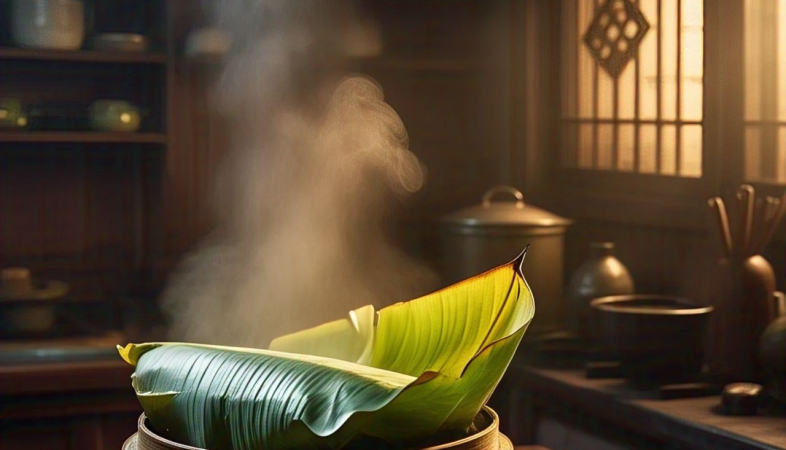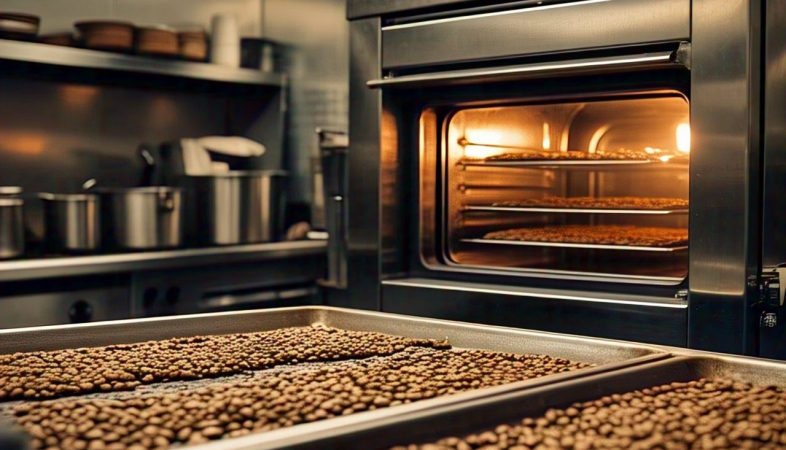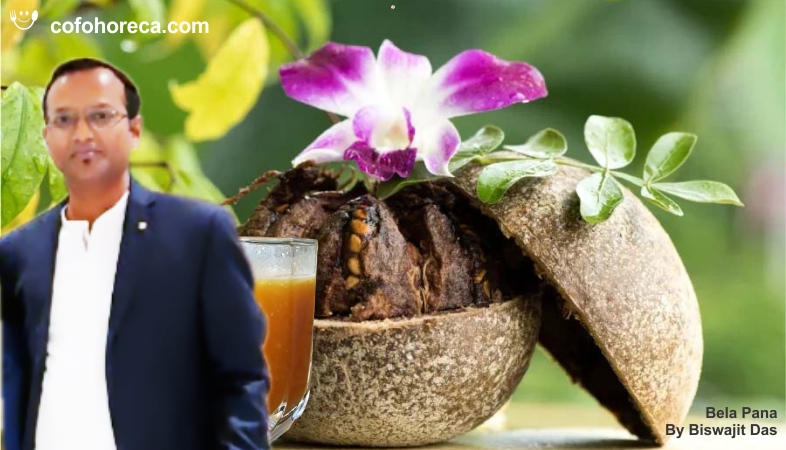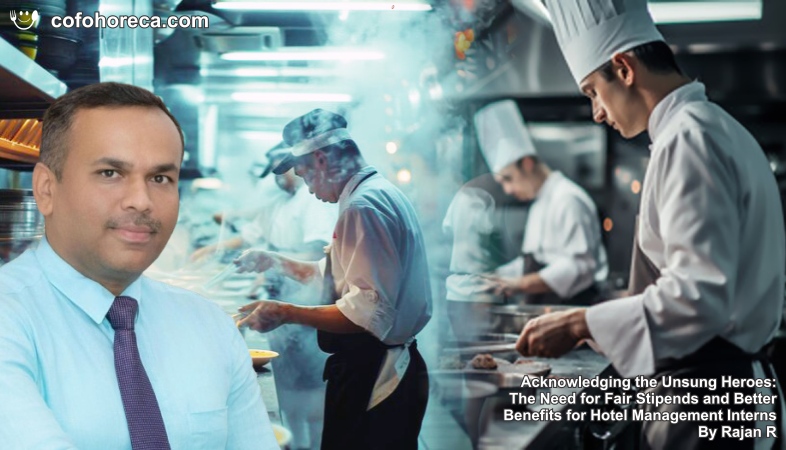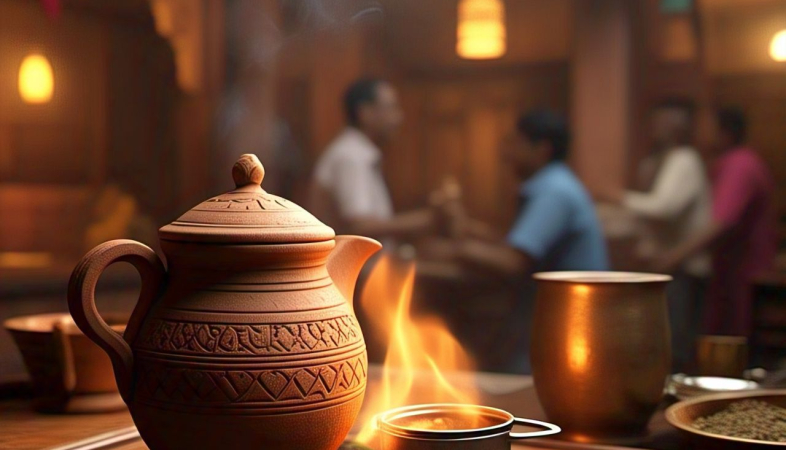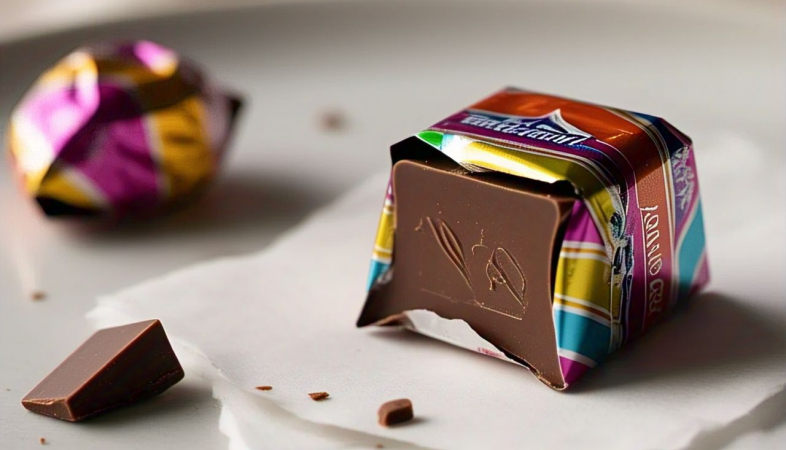Banana Leaf Steaming: Cooking Fish, Rice, or Pithas Wrapped in Leaves for Natural Flavor Enhancement
Whether it's delicate fish, fragrant rice, or sweet pithas, banana leaf steaming is a method that celebrates simplicity while delivering remarkable taste and texture.
Cooking with banana leaves is an age-old tradition found
across India and Southeast Asia, where the natural properties of the leaves
enhance flavors, retain moisture, and infuse dishes with a subtle, earthy
aroma. Whether it's delicate fish, fragrant rice, or sweet pithas, banana leaf
steaming is a method that celebrates simplicity while delivering remarkable
taste and texture.
One of the most popular uses of this technique is in preparing fish, particularly in coastal regions. The fish is typically marinated with a blend of spices, herbs, and sometimes coconut paste before being wrapped in banana leaves and steamed or grilled. This method locks in the juices, preventing the fish from drying out while allowing it to absorb the mild, grassy notes of the leaf. Bengali "paturi", Kerala’s "meen pollichathu", and Goan "pamplet en folha" are all delicious variations of this process, each using regional spices to create distinct flavors.
Rice, too, benefits from banana leaf steaming. Some traditional dishes involve mixing rice with aromatic spices, coconut, and sometimes meat or seafood before wrapping it securely in a leaf and steaming it to perfection. The leaf acts as a natural vessel, allowing the grains to cook gently while infusing them with an added depth of flavor. In South India, "kadubu" is a steamed rice dumpling wrapped in leaves, while in Kerala, "ada", a rice flour and jaggery-based delicacy, is also cooked this way.
For those with a sweet tooth, banana leaf steaming plays a significant role in making pithas, a category of traditional rice-based sweets popular in Odisha, Assam, and Bengal. Patishapta, chitau pitha, and til pitha are just a few examples of treats where the natural steam trapped within the leaf helps create a soft, pillowy texture. The result is a dessert that is not only fragrant but also deeply comforting.
Beyond flavor, cooking in banana leaves is also an environmentally friendly practice. Unlike aluminum foil or plastic wraps, banana leaves are biodegradable, making them a sustainable choice for cooking and serving food. Additionally, they require no extra oil or fat, making dishes healthier while preserving their natural essence.
The appeal of banana leaf steaming lies in its simplicity. Whether placed over a steamer, roasted over an open flame, or baked in an oven, the technique remains accessible to home cooks and professional chefs alike. The method is a beautiful blend of tradition and practicality, offering a natural way to enhance flavors while keeping dishes light, fresh, and nutritious.
In a world increasingly drawn to sustainable and wholesome cooking practices, banana leaf steaming stands out as a timeless technique that continues to be cherished for its ability to elevate simple ingredients into flavorful, aromatic delights.
.png)


